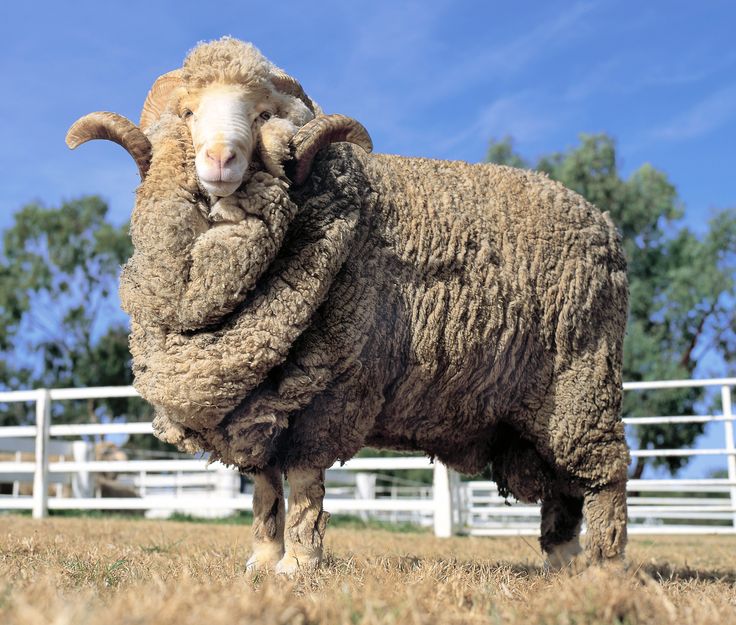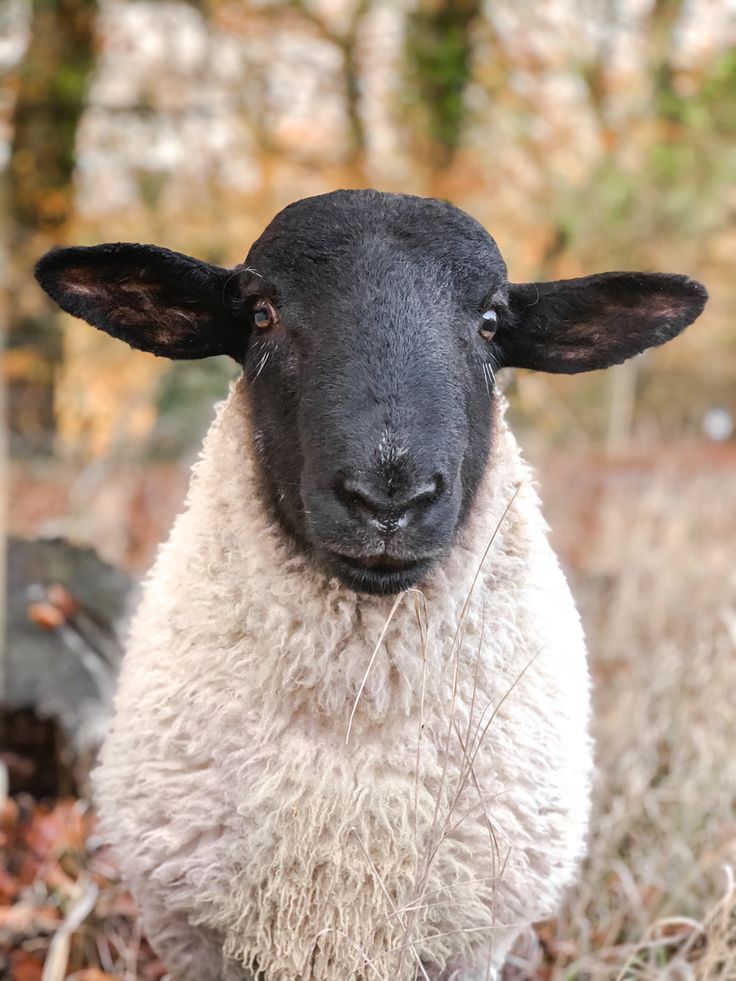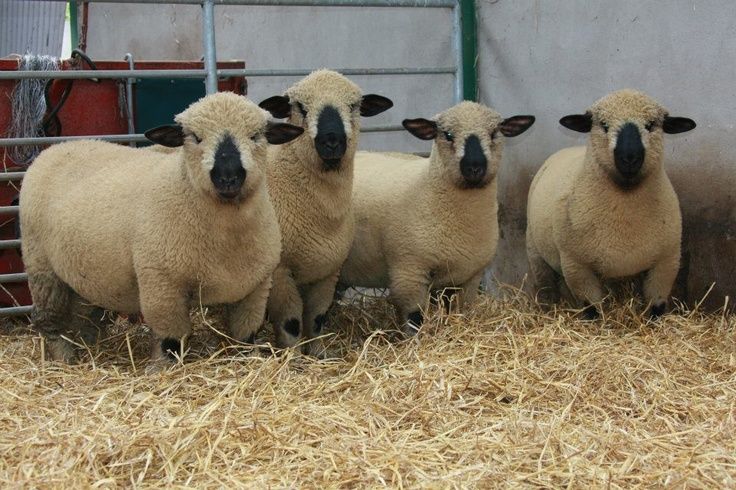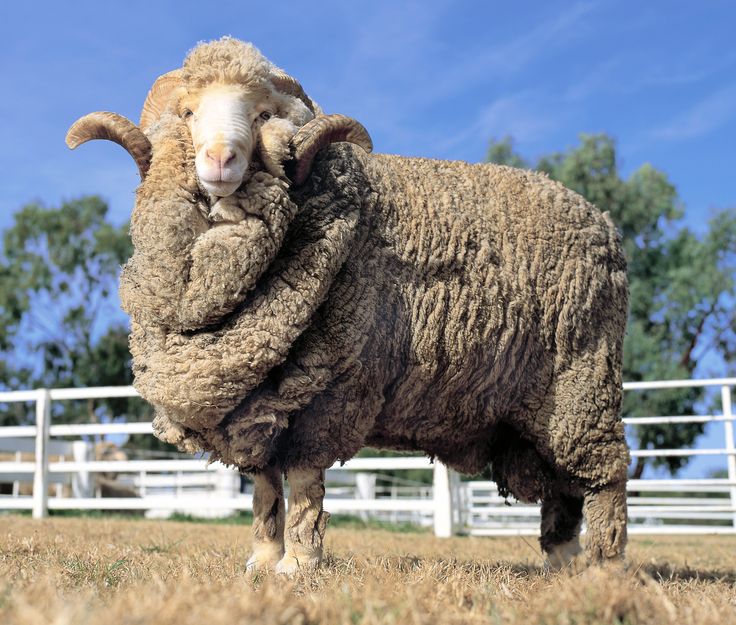Selecting the right breeds of sheep is a crucial decision for any sheep farmer, as it impacts everything from wool and meat production to overall flock health and management. With hundreds of sheep breeds available worldwide, each with unique characteristics, understanding these differences is essential for optimizing your farming operation.
Major Sheep Breeds and Their Characteristics
1. Merino
Renowned for its fine wool, the Merino is one of the oldest and most widely distributed sheep breeds in the world. Originating in Spain, Merinos are prized for their soft, high-quality fleece, which is highly sought after in the textile industry. They are typically hardy and adaptable to various climates, making them a popular choice for wool production.

2. Suffolk
Suffolk sheep are recognized for their excellent meat quality and rapid growth rates. This breed, which originated in England, has a distinctive black face and legs, with a woolly body.

3. Dorper
The Dorper, developed in South Africa, is a meat breed known for its efficient growth and adaptability to arid climates. With a short, hair-like fleece that sheds in warmer months, Dorpers require less shearing compared to wool breeds. Their hardiness and low maintenance make them a popular choice for many farmers focused on meat production.
4. Romney
The Romney breed is versatile, valued for both its wool and meat. Originating from England, Romneys produce a long, lustrous fleece that is suitable for a variety of wool products. They are hardy and can thrive in wet conditions, making them an excellent choice for wetter climates.
On a similar note, at Kimd Group Companies, we support beginner farmers by offering tailored business proposal writing services and design plans for various animal capacities. Whether you’re just starting out or looking to expand, we provide the resources and expertise to help you succeed in the farming industry
5. Hampshire
Hampshire sheep are another excellent meat breed, known for their strong, muscular build and rapid growth. They produce a good-quality carcass and are often used in crossbreeding programs to enhance meat quality in other breeds. Hampshires are easy to manage and have good maternal instincts.

Factors to Consider When Choosing a Breed
1. Purpose of Farming
Determine your primary reason for raising sheep. Are you focused on wool production, meat, milk, or a combination? Different breeds excel in different areas, so it’s essential to align your choice with your farming goals.
2. Climate and Environment
Consider your local climate and the specific conditions of your farm. Some breeds are better suited to arid environments, while others thrive in cooler, wetter conditions. Choose a breed that will adapt well to your specific setting.
3. Management Style
Different breeds require varying levels of care and management. For instance, wool breeds need regular shearing, while hair sheep like the Dorper require less maintenance. Assess your resources, time, and expertise when selecting a breed.
4. Market Demand
Research the local market for sheep products. Understanding consumer preferences can guide your decision on which breeds will be most profitable for your operation.
Breeding and Crossbreeding
Many farmers choose to crossbreed to achieve specific traits. For example, crossing a Suffolk with a Merino can result in lambs that grow quickly while producing high-quality wool. Crossbreeding can enhance genetic diversity, improve disease resistance, and optimize production traits, making it a valuable strategy for many sheep farmers.
Conclusion
Choosing the right breed of sheep is a critical step in establishing a successful sheep farming operation. By understanding the characteristics and strengths of various breeds, as well as considering factors like farming purpose, climate, and market demand, you can make an informed decision that aligns with your goals.

